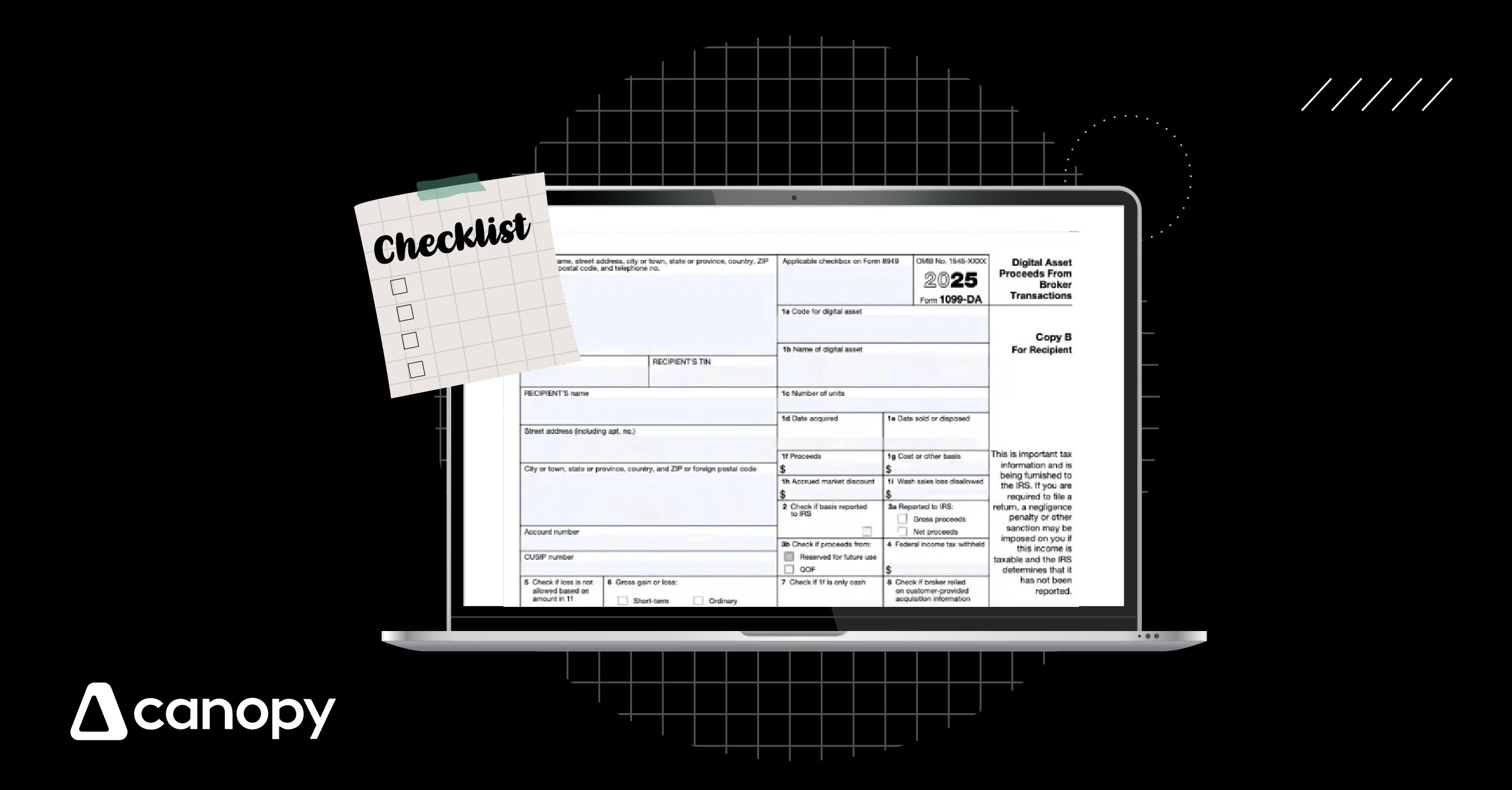Onboarding is the process of seeking the right clients, and it encompasses your efforts to bring clients into the firm. It is the method by which you begin to prepare your potential customer to be priced and ultimately to embrace the trust necessary for your firm to serve them.
Onboarding is a term I first heard years ago from an online software provider. We were in the process of choosing a new project management/ CRM software for our firm, and this particular company offered to “onboard” our company. In essence, they wanted to walk us through their predefined process of helping us import our data and begin using the software effectively. I was impressed, and it made us believe in them, since they obviously had thought about how to help us beforehand. I’m sure they weren’t the first ones to create a process like this, but we were impacted by this experience, nonetheless.
Soon after that experience, our firm adopted a client onboarding process of our own, and we’ve been improving it ever since. Running multiple businesses for the past 20 years, we have not seen a more transformative process than onboarding. It’s not only strategic, but it’s also exciting to build.
Why is client onboarding important?
The client onboarding process slows down your new client intake to a point where you can create a place for value judgments, clients can decide whether to use your firm or not, and you can align with each other. Onboarding is meant to provide a platform whereby the entire company can rally around the new client to create better experiences. When the sales process is slowed down like this, it demonstrates a greater influence over the perceived value of your services. And if the client finally enters your firm, you can celebrate together that they made it in.
9 steps for effective client onboarding
I want to present this topic with our firm’s own onboarding process:
First, the client must fill out our “Become A Client” form online, a required step that begins the onboarding process. We won’t typically take a phone call because it allows for the enemy of proper onboarding—speed—to raise its ugly head. Onboarding requires methodical time.
Second, my partner and COO sends the client an email with a document attached called “What We Believe.” This is our attempt to begin aligning with the client. The statements are very clear and could possibly detract some clients from seeking service from us.
Third, I send the lead another email a few days later to spell out the steps in our onboarding process, and ask if they had any questions from the “‘What We Believe”’ document. This is to help the client feel comfortable with the process and to reduce the anxiety they may be feeling about it. This second email is copied to our Project Manager so that she can make a live Zoom appointment with the potential lead.
Fourth, we let time elapse. Time is our friend, and we want some of it between each step. It allows the client to assess our beliefs further and become more excited about working with our firm. Our time frame is a few days to a week between our second email and our first appointment. We’ve had clients reschedule this appointment a few times, possibly due to anxiety over such a controlled and methodical onboarding process.

Fifth, we have a value conversation with the potential client. The value conversation is meant to be discovery into specifically what they need, as well as an opportunity to dive deeply into the topic of value. We don’t ask “What is valuable to you?” because quite frankly, the client often does not know the answer. The value conversation is a time of strategic questioning and further aligning. If we sense a push back on our alignment, we may push harder in areas where we require trust. By asking questions of the potential client, it causes them to make decisions too as to what they think about our process.
Sixth, we set an appointment a week or so out where we will present our proposal to them in person. Again, time is our friend, and it is intentionally placed between our value conversation and our price presentation. We also use this time to craft a three-option price pitch that we believe will be what the client ultimately wants.
Seventh, we present a one-page, simple proposal to the client with three options for them to look through, and we make it clear that these are our best attempts to suggest what we think they want and need. We also give the potential lead the opportunity to create a fourth option if they see various options we could combine, delete, and/or create. We are a virtual firm, so we do this over Zoom so they can view our screen.
Intermediate step between the sixth and seventh steps: When it’s necessary, an uncommon step may be placed between the sixth and seventh step. It’s rare, but on occasion we may decide that we don’t want to serve the client, so we will email them and discuss the fact that we are not aligned. As you can imagine, this is unusual for a potential lead to hear, and they often push back against this rejection. Typically, they will try to sell themselves harder as to why they should become a client of the firm. But in the end it is fully in the right of the firm to stop the process at any point. Similarly, the client has this same right.
The eighth step is where the client makes a pricing choice and we contract with them. Once the client has chosen an option, our Project Manager outlines the pricing proposal into a digitally written, detailed contract, created and signed in an online contracting tool. The contract stipulates the results that the client has asked us to achieve for them. This is also the step where we gather billing details so we can draft our prices from their bank account or credit card each month.

Ninth, we schedule a kick-off meeting to celebrate our commitment to one another and begin to serve them. This is where my partner and I hand off our relationship with the client to our team. We share an online presentation with the client to talk about why we are virtual and what that means to the client. Both teams turn on the cameras so that we can meet each other face-to-face. This is a required part of what we do, since we are “people serving people.”
In a virtual firm like ours, we like to over-communicate, so this final step in our onboarding process is used to go over the contract again and make sure it’s clear what they are agreeing to pay. We even update and resend the contract (if necessary) after this meeting just to clarify any technical oversights or add additional points to the contract. The kick-off meeting is meant to celebrate our service to our newest client, to thank them for completing our lengthy but necessary, onboarding process, and to verbalize our commitment to serving them well.
How long should the client onboarding process take?
I often call our onboarding steps barriers to entry, since they’re like hurdles that the client must jump in order to get into our firm. Each hurdle cleared becomes an intangible commitment to us that we need to do transformative work in the lives of our clients.
A client onboarding process can be as fast and as slow as you need it to be. You want it to be long enough for the client to perceive value. That said, it can become too long so that even good clients go away. This is the risk you take when committing to an onboarding process. Knowing the right length of time for your firm will take experimentation. You want to give comfort to the client and increase the perceived value of your work. Your ultimate goal should be to align with a client, dive into real discovery of what they need, and prepare them to be priced.
Alignment in onboarding is key to creating a client base that will purchase services from you, trust you to serve them in creative ways, and to stay with you for the long term and continue to purchase services with you over a long period of time. Alignment—or serving the right clients, not just any clients—is the key to firms bringing on the right clients.
Learn more about client management
This post is an excerpt from the ebook Client Management Strategies for Accounting Firms where I go over the importance of having a client management strategy and share strategies I have seen success with in my businesses.
Download the complete ebook to learn more about managing clients in your accounting firm.







Get Our Latest Updates and News by Subscribing.
Join our email list for offers, and industry leading articles and content.